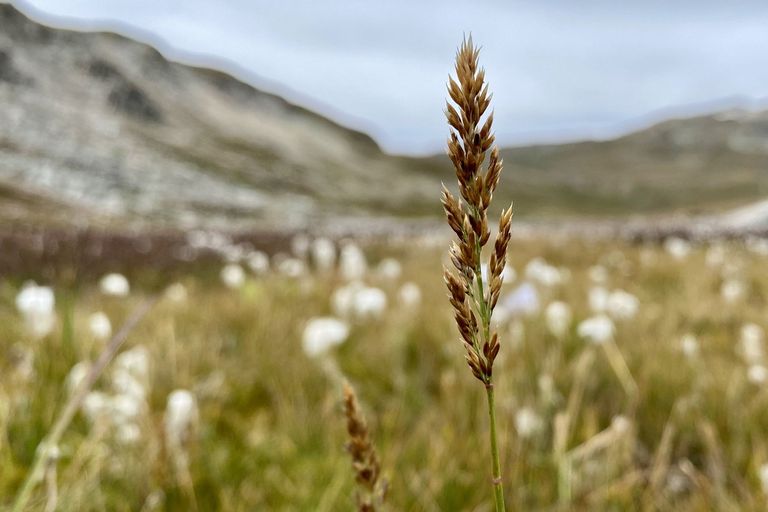A recently described grass becomes "New Species of the Year"
New plant species are still being discovered in Switzerland, too. A recently described reed grass from the Swiss Alps has now been named "New Species of the Year 2024" by the Swiss Systematics Society.

As is often the case in science, the story began with a discovery during fieldwork: Mary Leibundgut, a botanist interested in the Alpine flora, found a peculiar plant while conducting floristic inventories in the alpine floodplains below the Pas de Lona in Val d’Anniviers (VS). This grass looked similar to other species from the well-known genus Calamagrostis, but morphological and ecological investigations conducted by a team of botanists from Bern and Fribourg, as well as comparisons with herbarium specimens, confirmed that it was indeed a species new to science. It was named Calamagrostis lonana in honour of the place where it was found.
Only site in Switzerland
“The species is probably closely related to an arctic grass, which is very locally found in Central Europe,” says Stefan Eggenberg from Info Flora at the Botanical Garden of Bern University. “Interestingly, this species seems to be restricted to the alluvial plain of the Torrent de Lona and has not been found elsewhere, despite numerous visits in the area.”
The alluvial plain of Lona represents a unique mosaic of habitats associated with different sediments deposited by the river over time. This high plateau has been used for grazing by sheep and cattle for a long time, and the riverbeds are grazed every year in late August and September. “Thus, we wondered right away whether Calamagrostis lonana might be already at risk due to herds’ trampling and grazing,” says Stefan Eggenberg. “Fortunately, it seems that the locations where the grass grows are too mossy and humid for the cattle, which avoids this part of the plateau.”
Judging from the current situation, it does not seem necessary to fence off the alluvial plain. However, long-term monitoring of trampling effects is recommended by the botanists to secure the long-term existence of this new little treasure from the Alps.
—
Eggenberg, S., L. Champoud, M. Leibundgut, C. Parisod, L. Wyss & G. Kozlowski (2023). Calamagrostis lonana (Poaceae): a new grass species from the Pennine Alps (Switzerland). Candollea 78: 1–9. http://dx.doi.org/10.15553/c2023v781a1
Contatto
Dr Alice Cibois
Muséum d'histoire naturelle de la ville de Genève (Muséum d'histoire naturelle (GE))
route de Malagnou 1
1208 Ginevra
